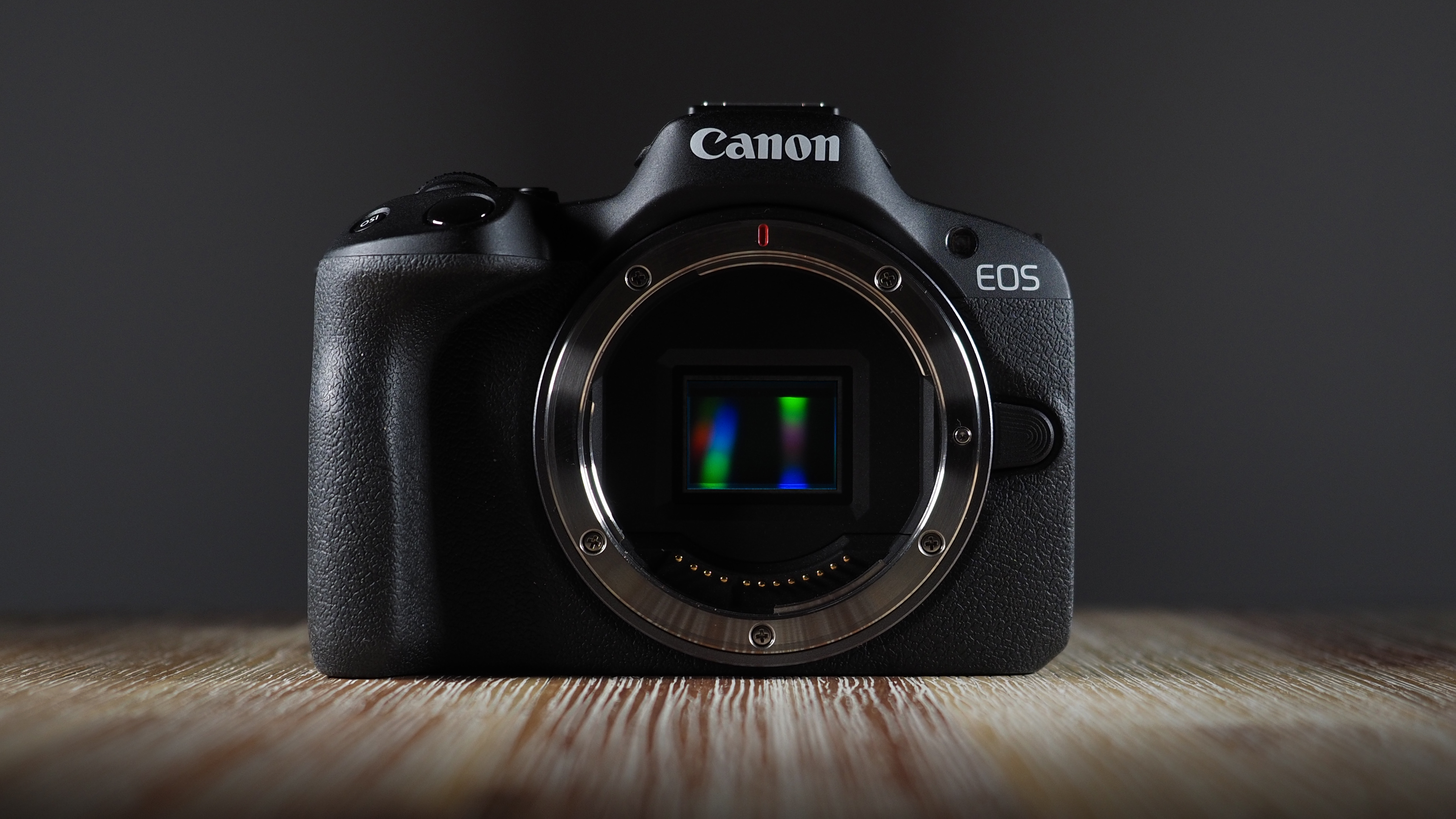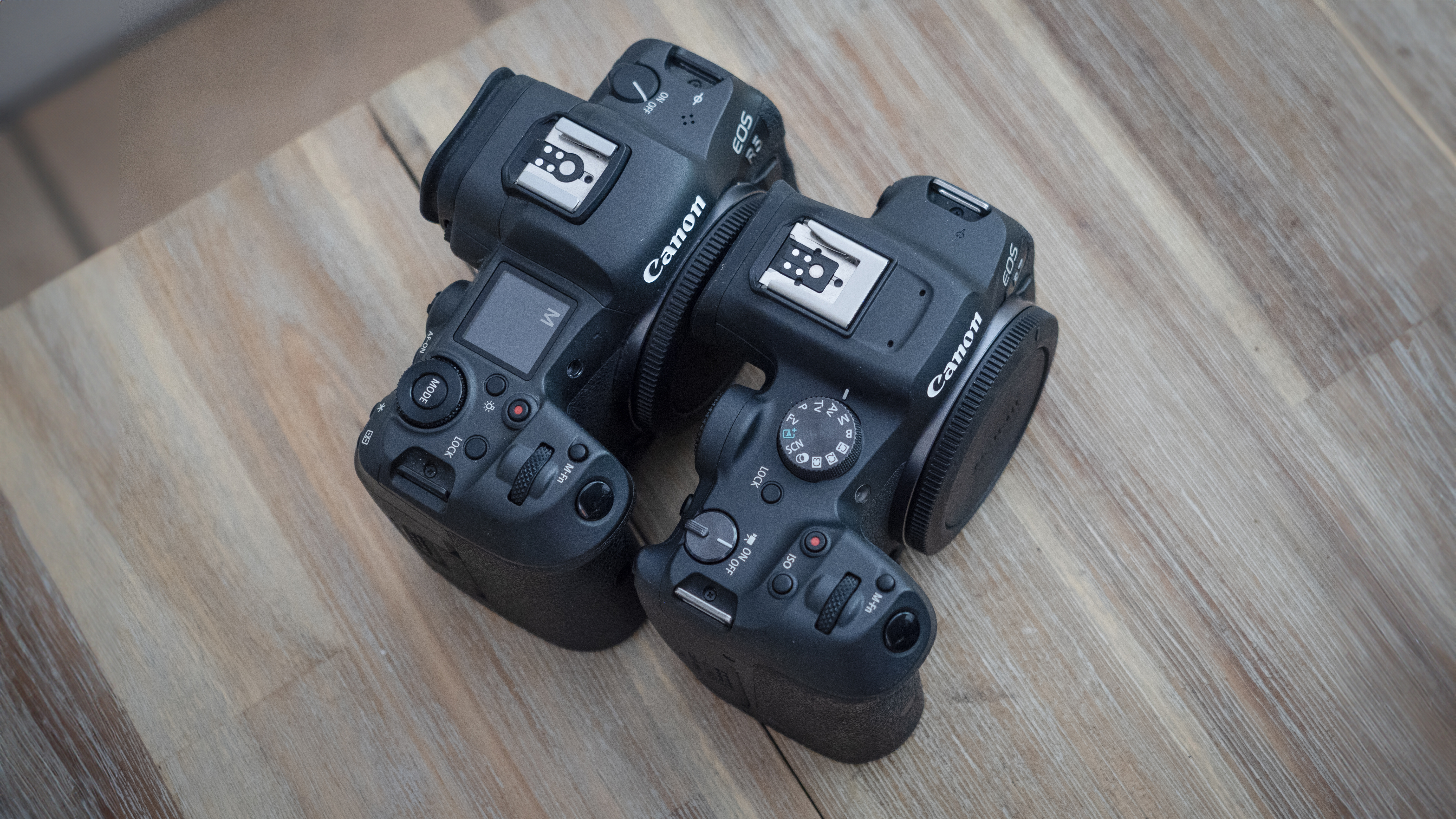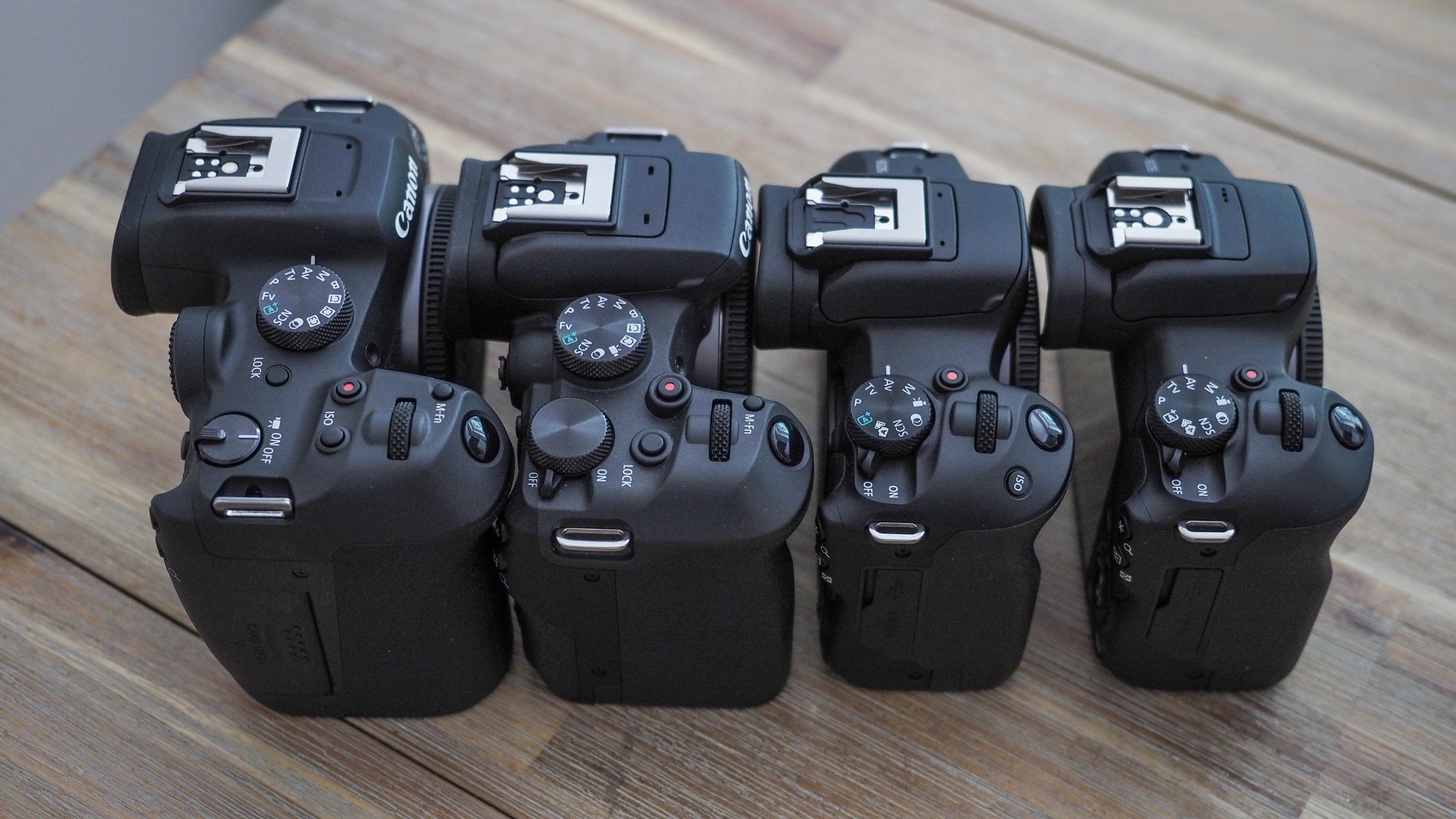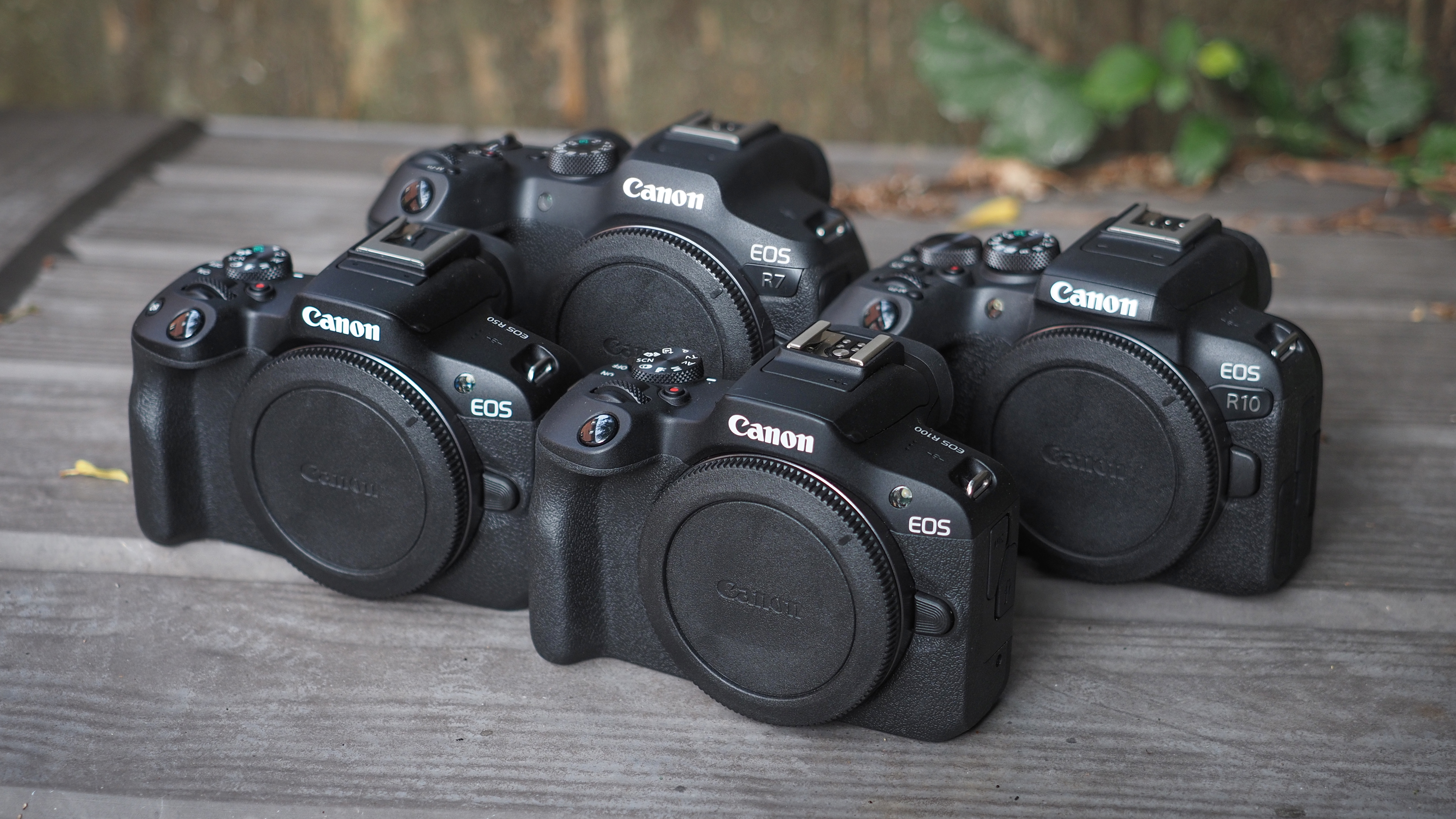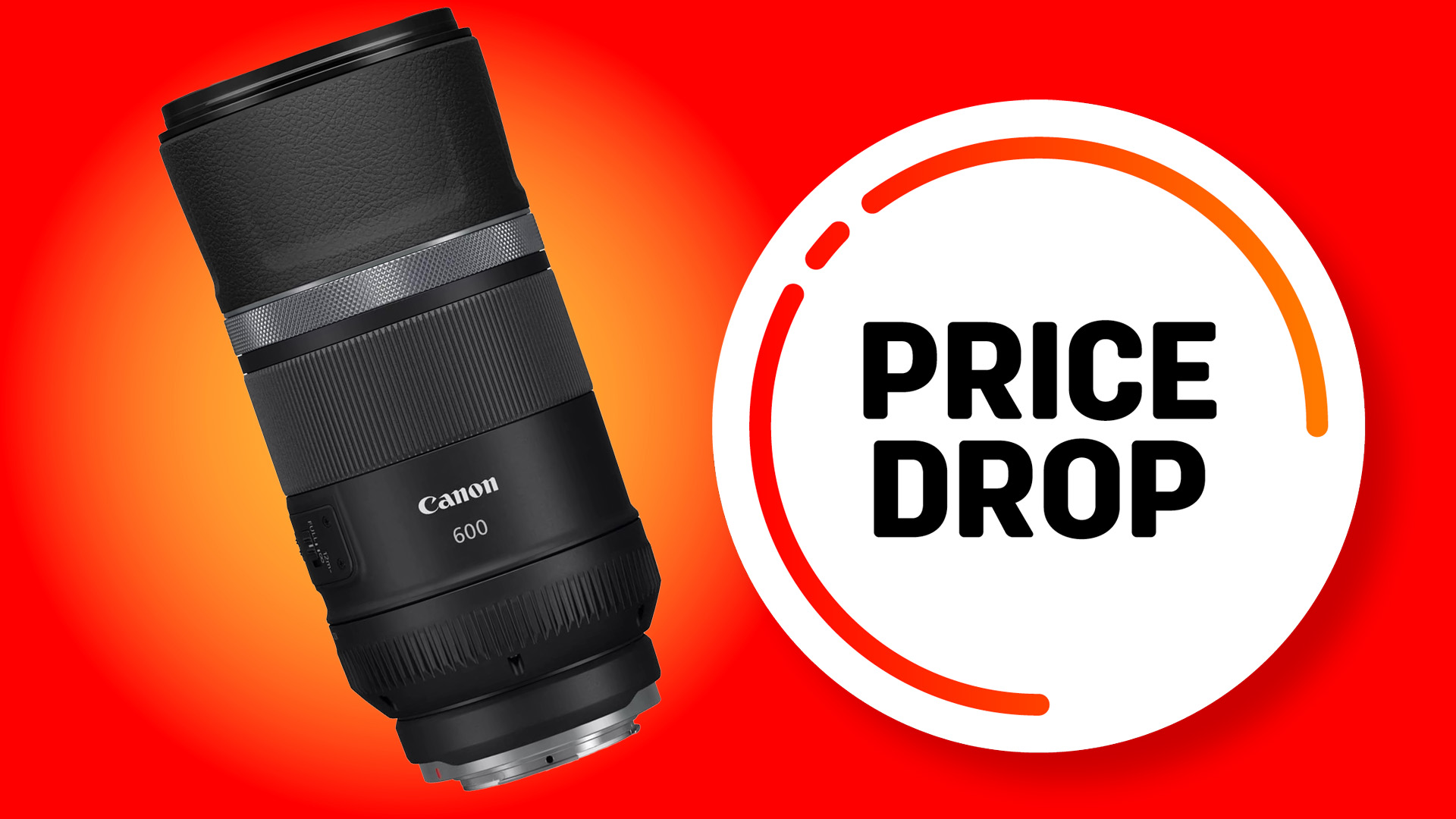Canon APS-C cameras: These are the key differences between Canon's crop-sensor bodies
Which Canon APS-C camera is right for you? Let me help you work out the differences between them
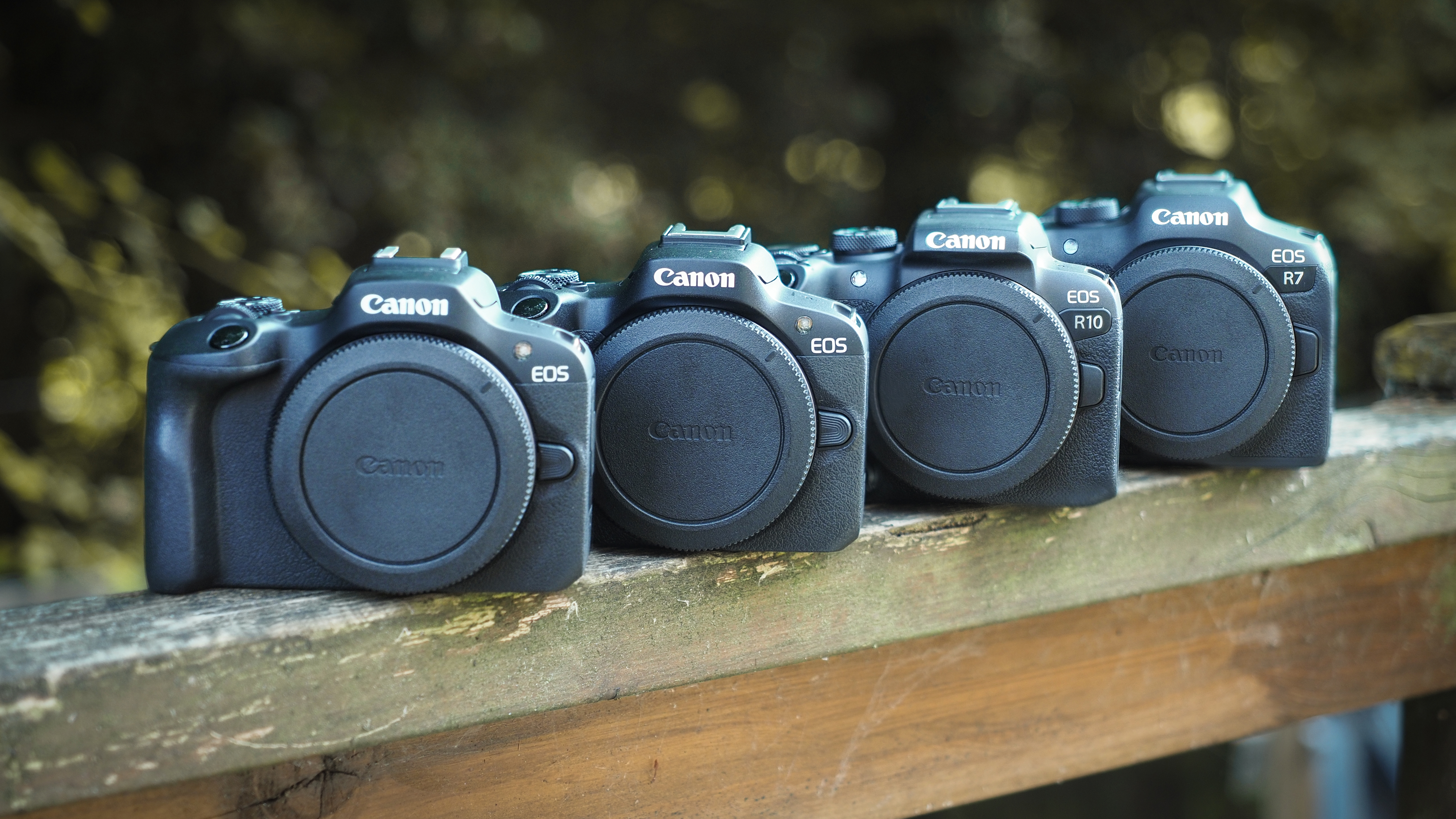
Canon's APS-C camera lineup is formidable – but it's also a bit confusing! Since launching its first crop-sensor bodies in 2022, there are now 5 APS-C Canon cameras. In order of seniority: the Canon EOS R7, EOS R10, EOS R50, EOS R50 V and EOS R100.
Canon makes things even more muddled with the EOS R8 – which is a full-frame camera, even though it comes numerically between the R7 and R10! In other words, telling Canon's APS-C cameras apart can be a bit of a minefield. Which is why I'm here to break down exactly what the differences are.
A quick TLDR: for shooting video, the R50 V is the one to go for. If you want to photograph wildlife and sports, the R7 is your best bet. And if you're looking for a beginner camera, the R100 is a great place to start.
For the full breakdown, here are the key differences between Canon's APS-C camera lineup…
Canon APS-C cameras: Sensor
R7 – 32.5MP (5-axis stabilization)
R10 – 24.2MP (unstabilized)
R50 – 24.2MP (unstabilized)
R50 V – 24.2MP (unstabilized)
R100 – 24.1MP (unstabilized)
All Canon's APS-C camera sensors have a resolution of around 24MP, with the exception of the R7.
Not only does the R7 pack more pixels, boasting 32.5MP, it is also the only sensor to possess in-body image stabilization (IBIS). This offers up to 8 stops of shake compensation, depending on the lens used.
While none of the other cameras have IBIS, they all possess electronic stabilization for video in the form of Movie Digital IS – which compensates for movement by cropping into your footage.
Canon APS-C cameras: Burst mode
R7 – 30fps electronic, 15fps mechanical
R10 – 23fps electronic, 15fps mechanical
R50 – 15fps electronic shutter, 12fps mechanical
R50 V – 15fps, 12fps mechanical
R100 – 6.5fps electronic first curtain (3.5fps with AF)
As you might expect, the bodies higher up the hierarchy have the best burst rates, with the R7 at the top of the tree. However, it's important not to be too sniffy; while the R50 might "only" shoot at 15fps, even the fastest professional DSLRs could only shoot 16fps – so this is still plenty!
Worth noting, however, is that while the R50 and R50 V have the same burst rate on paper, the R50 V accepts faster UHS-II cards – which means it can shoot more than three times as many JPEGs and up to eight times as many RAW files before the buffer fills up.
Canon APS-C cameras: Autofocus
R7 – Dual Pixel CMOS AF II, 5915 positions (4,823 for video)
R10 – Dual Pixel CMOS AF II, 4,503 positions (3,713 for video)
R50 – Dual Pixel CMOS AF II, 4,503 positions (3,713 for video)
R50 V – Dual Pixel CMOS AF II, 4,503 positions (3,713 for video)
R100 – Dual Pixel CMOS AF, 3975 positions (3,375 for video)
With the exception of the R100, all Canon's APS-C cameras employ the latest Dual Pixel AF II autofocus system. This offers faster and more robust AF, with more focus positions, and adds subject recognition for animals (dogs, cats and birds) and vehicles (racing cars and motorcycles) to the human tracking featured in standard Dual Pixel AF.
Again, the flagship R7 offers the most comprehensive autofocus system.
Canon APS-C cameras: Video
R7 – 4K 60p, 4K 30p (oversampled 7K), FullHD 120p
R10 – 4K 60p (cropped), 4K 30p (oversampled 6K), FullHD 120p
R50 – 4K 60p (cropped), 4K 30p (oversampled 6K), FullHD 120p
R50 V – 4K 60p (cropped), 4K 30p (oversampled 6K), FullHD 120p
R100 – 4K 25p (cropped), FullHD 60p
While the other categories are more straightforward, there's quite a bit more to sift through here!
With its uncropped 4K 60p, and 4K 30p oversampled from 7K, the R7 is the champion on paper – particularly when you factor in the image stabilization. However, the R50 V is the more capable camera in almost every other respect.
Like the R7 it boasts a headphone jack along with 10-bit 4:2:2 and CLog 3, but adds other embellishments like 24-bit audio and Canon709, Cinema Gamut and HLG profiles. And since it's a dedicated content creation camera, its body, button and menu layout are custom-made for video (see the Size & Handling section below).
If you're looking to the R100, note that its 4K mode has a number of compromises – firstly that it's cropped by an additional 1.55x, and secondly that it cannot use Dual Pixel AF (limited instead to contrast-detect AF). While it's great in FullHD, I wouldn't recommend it as a 4K camera.
Canon APS-C cameras: Size & handling
R7 – 132 x 90.4 x 91.7mm / 612g
R10 – 122.5 x 87.8 x 83.4mm / 429g
R50 – 116.3 x 85.5 x 68.8 mm / 375g (white 376g)
R50 V – 119.3 x 73.7 x 45.2mm / 370g
R100 – 116.3 x 88.1 x 58.7mm / 356g
The R7 is the biggest, beefiest camera of the lot, with a chunky grip feeling more like a full-frame mirrorless camera in size (below is a picture of the R7 next to the Canon EOS R5, for comparison). In addition, it is the only APS-C Canon camera with dual SD card slots and weather sealing.
The R10 isn't far behind it in terms of size, making both of these bodies more suitable for bigger hands as well as bigger lenses – which balance better on larger cameras.
At the opposite end of the scale, quite literally, the R50 and R100 are ultra-compact and lightweight – making them great for travel and everyday shooting with smaller lenses.
Note that the R7 and R10, with their larger frames, possess front and rear exposure control dials as well as a joystick, making them a better choice for those who shoot fully manual or who require more pinpoint control in general. The R50 and R100 only have a front dial, with no joystick.
The R50 V is a bit of a law unto itself in terms of handling. As noted, it's been designed as a video-first device – which means that the body and button layout are very different from the rest of the field, with a REC button on the front and replacing the shutter button on the shoulder, along with quick-access buttons to features like live streaming and color profiles.
In addition, the R50 V is the only Canon APS-C camera – in fact, the only EOS R camera period – to accommodate vertical shooting with a vertical menu system that kicks in when you reorientate the body.
Canon APS-C cameras: Screen & EVF
R7 – 2.95" vari-angle touchscreen, 1.62m dots / 2.36m dot, 120fps EVF
R10 – 2.95" vari-angle touchscreen, 1.04m dots / 2.36m dot, 120fps EVF
R50 – 2.95" vari-angle touchscreen, 1.62m dots / 2.36m dot, 120fps EVF
R50 V – 3" vari-angle touchscreen, 1.04m dots / NA
R100 – 3" screen, 1.04m dots / 2.36m dot, 60fps EVF
With the exception of the R100, all Canon's APS-C cameras have a fully articulating touchscreen that's around 3 inches in size. The R100, however, has a fixed 3-inch screen that is not touch-sensitive.
And with the exception of the R50 V, they all have a 2.36 million-dot electronic viewfinder – though the refresh rate of the R100's is limited to 60fps.
Canon APS-C cameras: ISO sensitivity
R7 – 100 to 32,000 (exp to 51,200) – ISO204,800 in future
R10 – 100 to 32,000 (exp to 51,200)
R50 – 100-32,000 (exp to 51,200)
R50 V – 100-32,000 (exp to 51,200)
R100 – 100 to 12,800 (exp to 25,600)
Understandably, the R100 has the lowest sensitivity ceiling of the group, natively sitting at a conservative ISO12,800. All the other bodies go up to ISO32,000 before expansion, but there's an important asterisk next to the R7: Canon has revealed firmware that can boost the R7's sensitivity to ISO204,800.
This doesn't appear to be available yet, and it comes with another asterisk: it uses pixel shift technology, and was designed for night photography, so it is likely to be a locked-down tripod feature. Nonetheless I thought it was worth mentioning!
Canon APS-C cameras: Summary
So, what do we make of all that? It's all still a bit of a spec soup, so here is my bottom-line summary for each camera:
Canon EOS R7
This flagship APS-C camera packs as much power – and in some cases a lot more! – than Canon's full-frame bodies. It's ideal for sports, wildlife and professional-grade video with its elite autofocus, joystick control, dual memory cards and weather-sealing.
Canon EOS R10
Offering a little more firepower than the R50, and in a slightly larger form factor, this is a great mid-sized camera that balances well with medium and larger lenses, and also benefits from a joystick for precision focusing.
Canon EOS R50
The perfect everyday carry, this body is super small and super light – making it a great companion for travel or content creation on the go. Just bear in mind the single control dial, and that it's better suited for smaller lenses.
Canon EOS R50 V
Sitting pretty much on its own, this is the camera that you want if you're primarily a video shooter, vlogger or content creator. The R7 offers uncropped 4K 60p and has IBIS, but otherwise this is the one to go for in terms of usability and fully featured video output.
Canon EOS R100
Somehow this is even smaller and lighter than the R50, so if you want the ultimate cruiserweight camera then look no further. It has some key limitations – namely a fixed screen with no touch input, and 4K video with a number of caveats – but for beginners or anyone who primarily, shoots stills through a viewfinder, it packs a good punch.
You might also like…
To pair the best glass with each of Canon's APS-C cameras, take a look at our guides to the best lenses for the Canon EOS R7, the best lenses for the Canon EOS R10, the best lenses for the Canon EOS R50 and the best lenses for the Canon EOS R100.
The best camera deals, reviews, product advice, and unmissable photography news, direct to your inbox!

James has 25 years experience as a journalist, serving as the head of Digital Camera World for 7 of them. He started working in the photography industry in 2014, product testing and shooting ad campaigns for Olympus, as well as clients like Aston Martin Racing, Elinchrom and L'Oréal. An Olympus / OM System, Canon and Hasselblad shooter, he has a wealth of knowledge on cameras of all makes – and he loves instant cameras, too.
